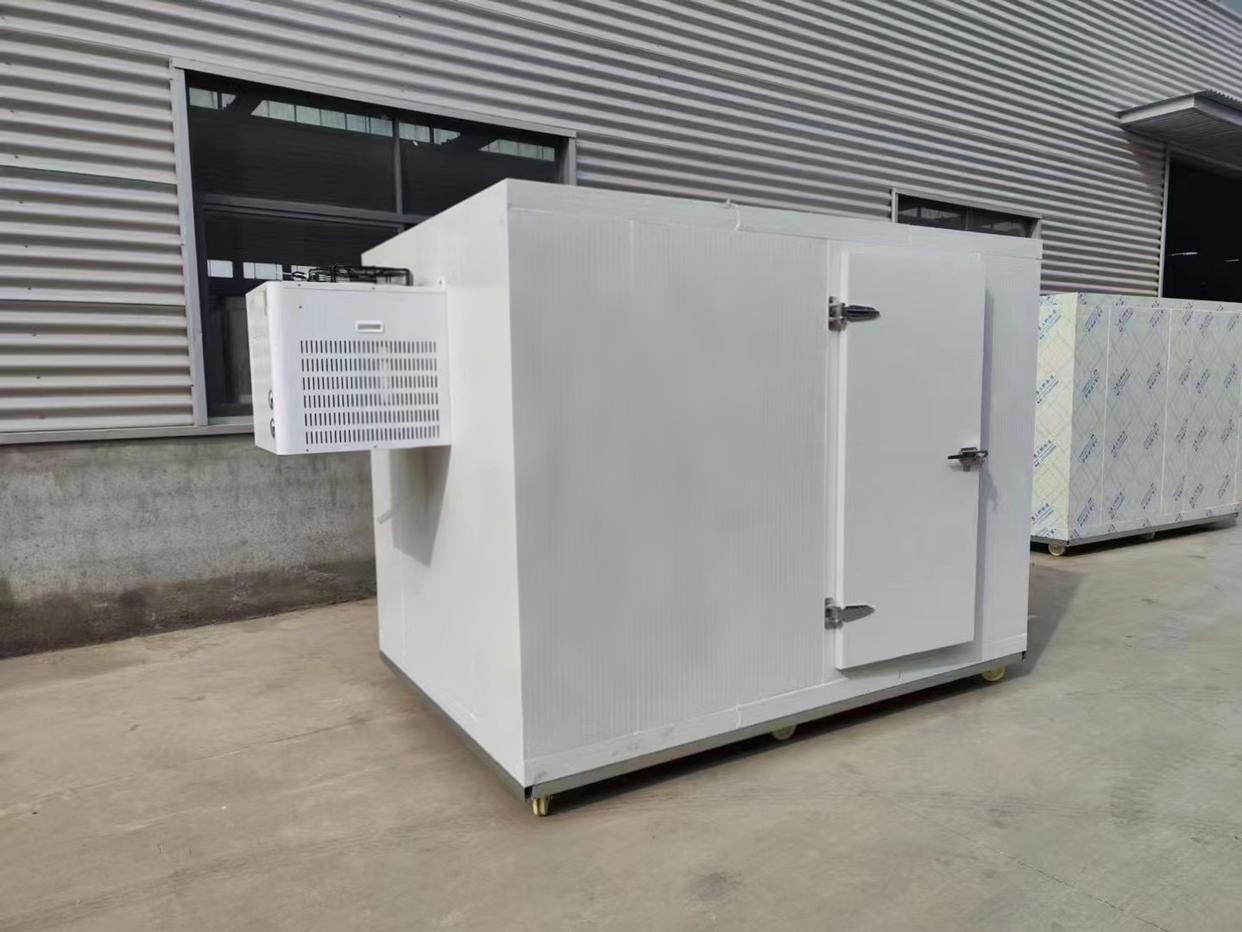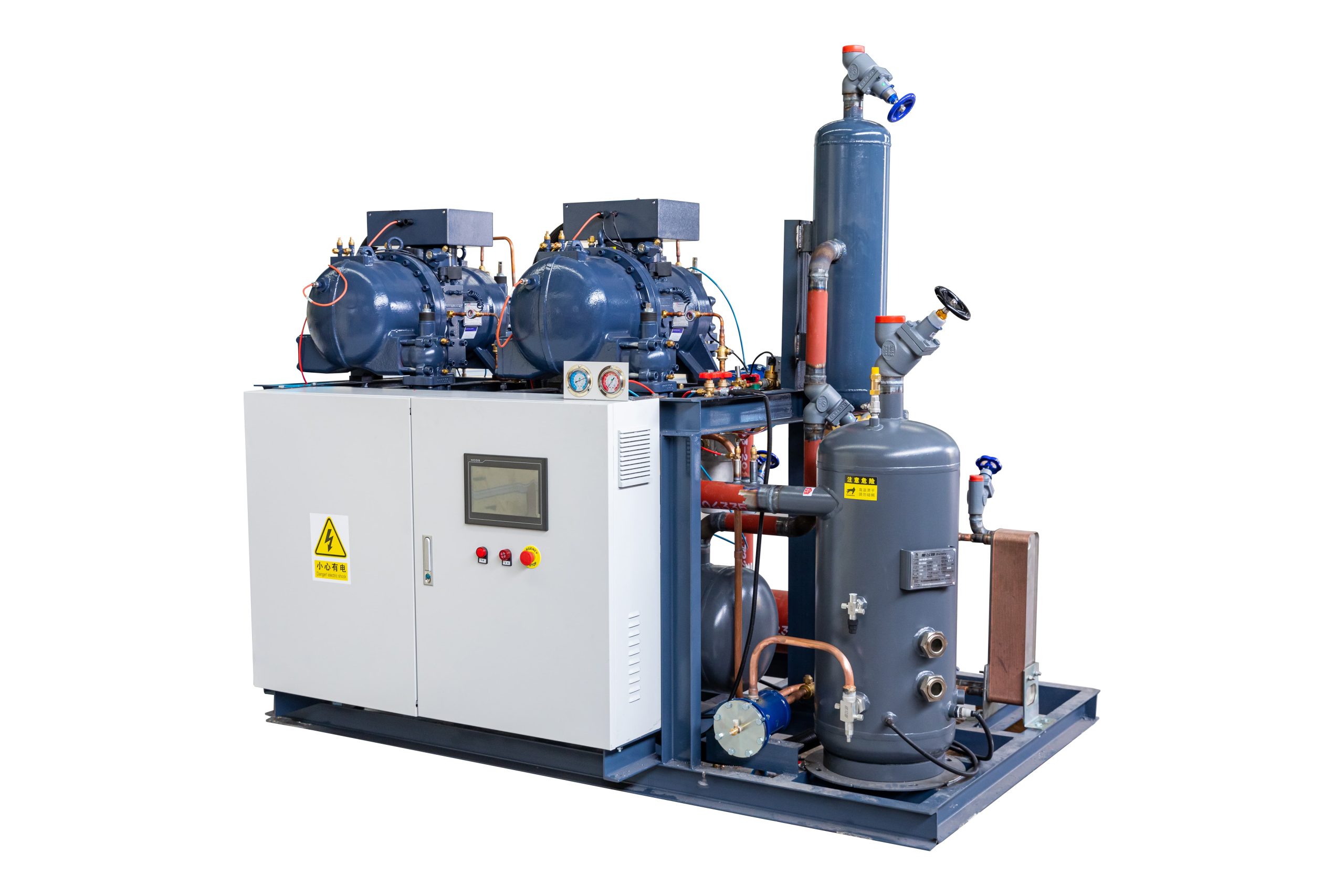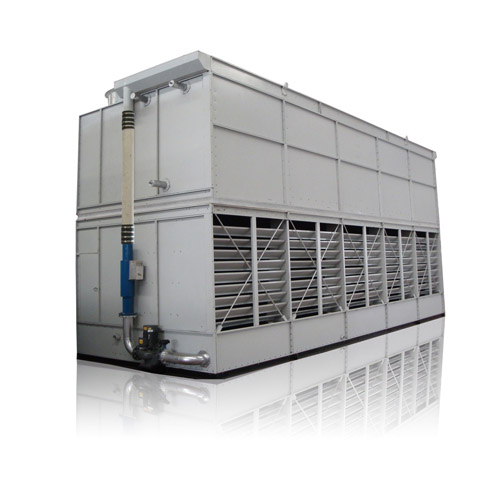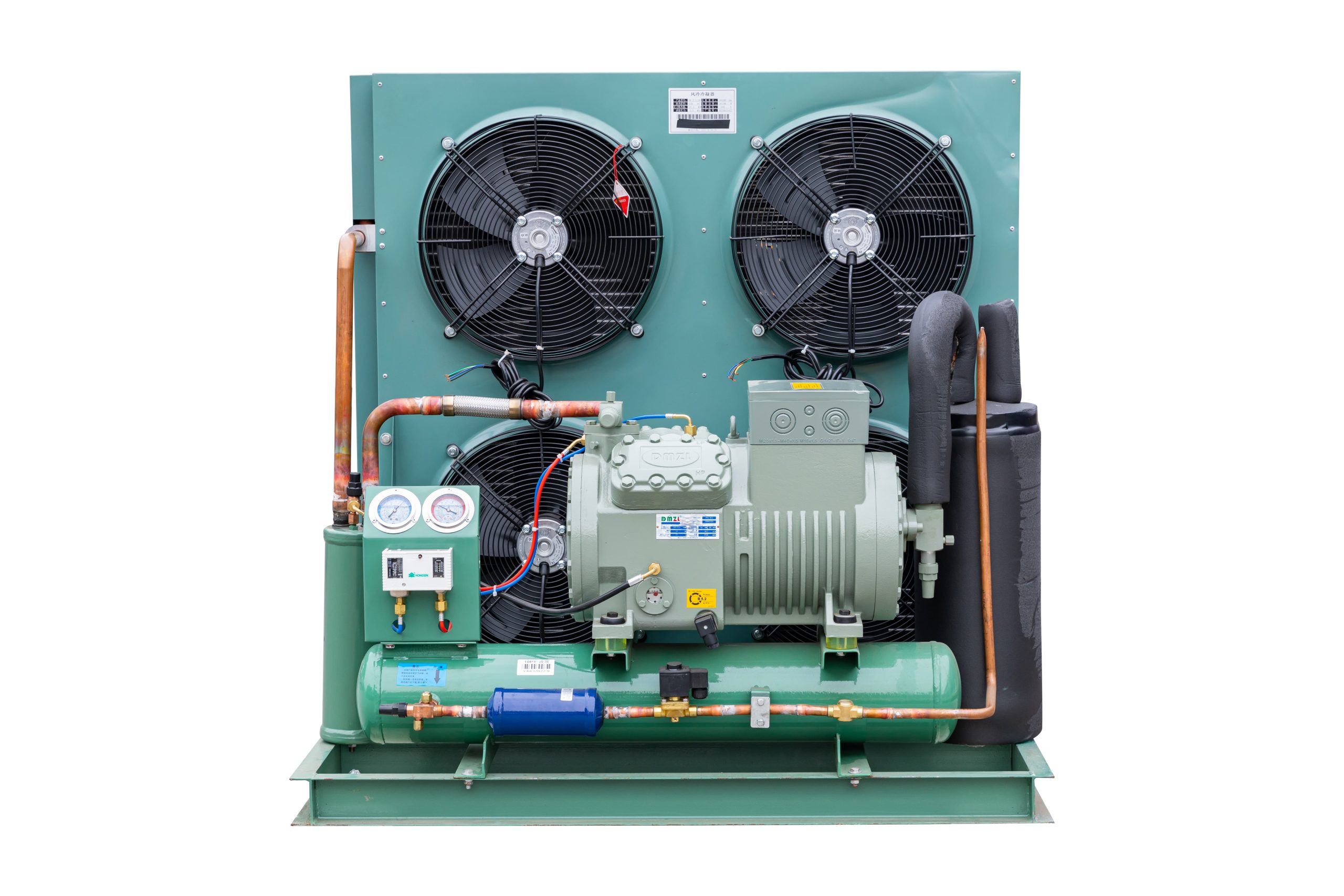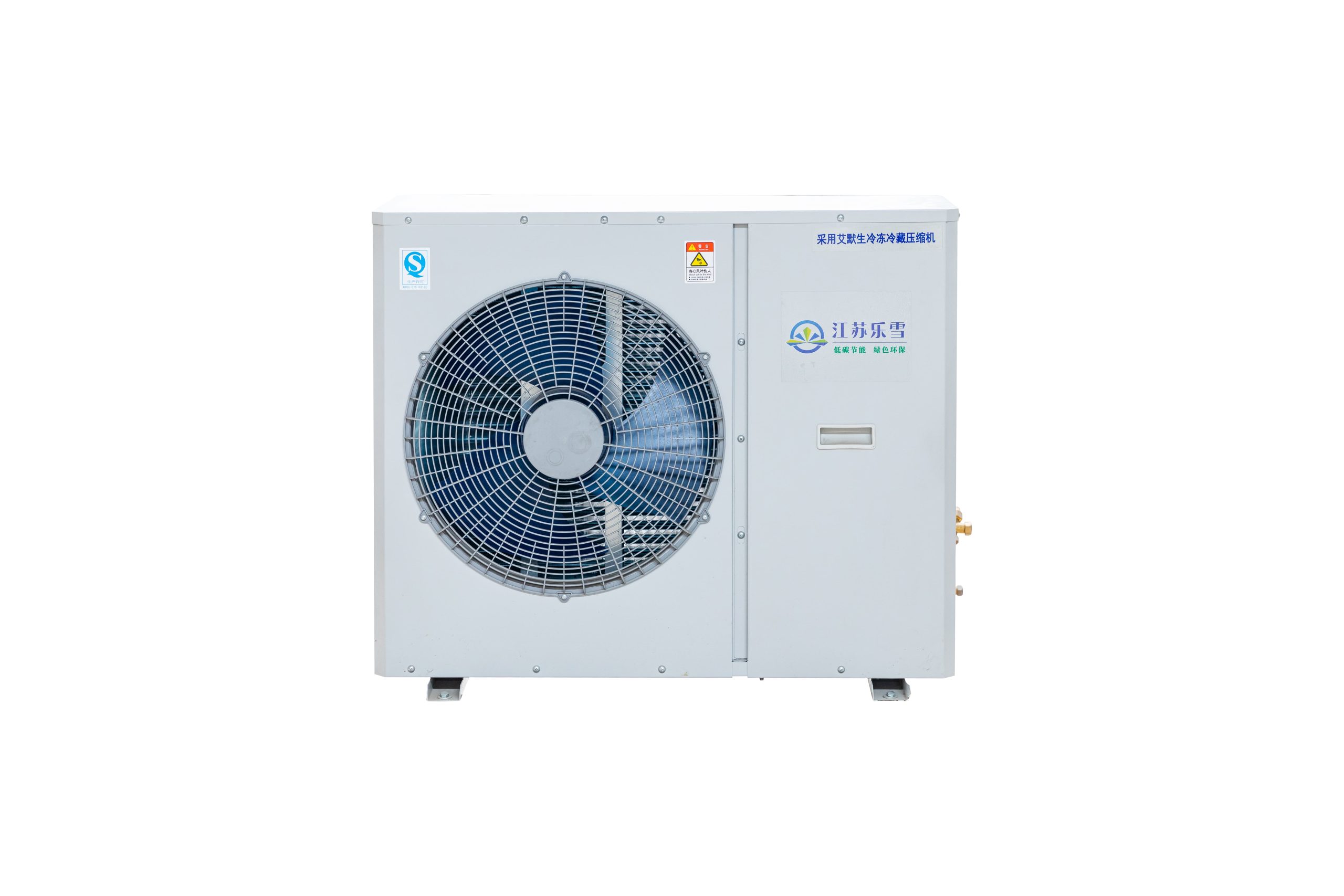Selecting the appropriate cold room panels is one of the most critical decisions in building an efficient, durable, and energy-saving cold storage facility. This is because an incorrect selection can result in excessive energy consumption, temperature fluctuations, and even system failure. So, how can you ensure you make an informed decision amidst the wide range of specifications on the market? To answer this, the following guide will walk you through the key selection factors.

1. The Heart of Insulation: Core Material Types
The core material is the "soul" of the panel, directly determining its thermal insulation performance crucial for cold room panels.
- Polyurethane (PUR/PIR): This is the most mainstream and efficient option.
- PUR (Polyurethane): Offers excellent thermal insulation (low thermal conductivity), high bonding strength, and good cost-effectiveness.
- PIR (Polyisocyanurate): An advanced version of PUR. It shares all the benefits of PUR but boasts a higher fire resistance rating (typically Class B1 difficult-to-burn) and better high-temperature stability. PIR is the preferred choice for high-end projects.
- Polystyrene:
- EPS (Expanded Polystyrene): The lowest cost option, but its insulating performance is far inferior to polyurethane, and it is flammable. It is typically used for ambient storage above 0°C or temporary facilities with low insulation requirements.
- XPS (Extruded Polystyrene): Has better insulation and moisture resistance than EPS, but still falls short of polyurethane and has lower structural strength.
Selection Advice: Therefore, for freezing rooms at -18°C and below, it is strongly recommended to use panels with PUR or PIR cores due to their superior insulating capabilities. On the other hand, for chill rooms above 0°C, PUR or XPS panels can be considered based on budget constraints.
2. The Critical Dimension: Panel Thickness
The thickness of the panel directly impacts insulation effectiveness and construction cost. The rule of thumb is: The lower the temperature, the thicker the panel required. Thus, thickness is a vital aspect of choosing cold room panels.
- 50mm ~ 75mm: Suitable for chill rooms (0°C to +10°C), such as fruit and vegetable storage.
- 100mm ~ 120mm: The standard choice for freezer rooms ranging from -18°C to -25°C. This is the most common specification for commercial freezers.
- 150mm ~ 200mm: Used for ultra-low temperature freezers below -30°C, blast freezers, or facilities with extremely high energy efficiency requirements.
Selection Advice: Consult a professional for a thermal load calculation, but as a general rule, a 100mm or 120mm thick PIR/PUR panel is recommended for a standard -18°C freezer room.
3. Surface Material and Coating
The metal skins on the interior and exterior of the panel must withstand temperature changes, humidity, corrosion, and physical impact. This is especially important when manufacturing cold room panels.
- Base Material: Typically galvanized steel or aluminum.
- Coating:
- Pre-painted Steel (Color Coated): An economical and practical option, available in various colors.
- PVDF Coated Steel: Offers excellent weather resistance, anti-corrosion properties, and is easy to clean. Ideal for high-humidity environments or food processing areas.
- Stainless Steel: Provides the highest standard of hygiene, primarily used in industries with strict sanitary requirements like food and pharmaceuticals. It is also the most expensive option.
Selection Advice: The appropriate panel finish is determined by the application's environment. Therefore, pre-painted steel is suitable for standard, dry environments. However, in humid conditions, PVDF-coated panels are the recommended alternative for enhanced durability. For the most demanding environments, specifically in food and pharmaceutical critical zones, stainless steel is mandatory to comply with health regulations.
4. Locking System and Airtightness
A high-quality locking system ensures a tight connection between panels, preventing "thermal bridging" and cold air leakage, which directly affects the efficiency of cold room panels.
- CAM Lock System: Many high-end panels feature CAM locks (eccentric locks) that provide exceptional pulling force between panels, resulting in superior airtightness.
- Tongue and Groove with Hook: A very common and effective connection method that is easy to install and provides good sealing.
Selection Advice: Check the machining precision of the locks to ensure minimal gaps after connection. During installation, always use specialized sealant (like polyurethane foam) to fill the joints for optimal airtightness.
Conclusion: Your Selection Checklist
- Determine Temperature: Define the required operating temperature of your cold room.
- Choose Core Material: Based on the temperature and requirements, select PIR/PUR or an alternative.
- Determine Thickness: Select the appropriate panel thickness corresponding to the temperature from step 1.
- Select Surface Finish: Choose the skin type based on the operating environment (humidity, hygiene needs).
- Evaluate Accessories: Confirm the quality of the lock system and seals.
- Consult a Supplier: Engage with an experienced cold room panel supplier to get their professional advice and a tailored solution.
Therefore, by following this structured approach to analyze these specifications, you will be equipped to select the most suitable, economical, and long-lasting solution for your cold room panel project.
Welcome to inquiry about products related to cold storage, refrigeration unit, and panels.
You also can check our Tiktok, Youtube, Instagram channel for more video show.




